
CARLA CASCALES
A versatile artist, proficient in both painting and sculpture. Her artistic approach is characterized by a meticulous process of subtraction, where she removes elements and eliminates ornamentation to uncover the essential nature of forms, materials, and their interactions. A dedicated experimenter, she refrains from confining herself to specific techniques or materials, opting instead to explore diverse avenues with each project.
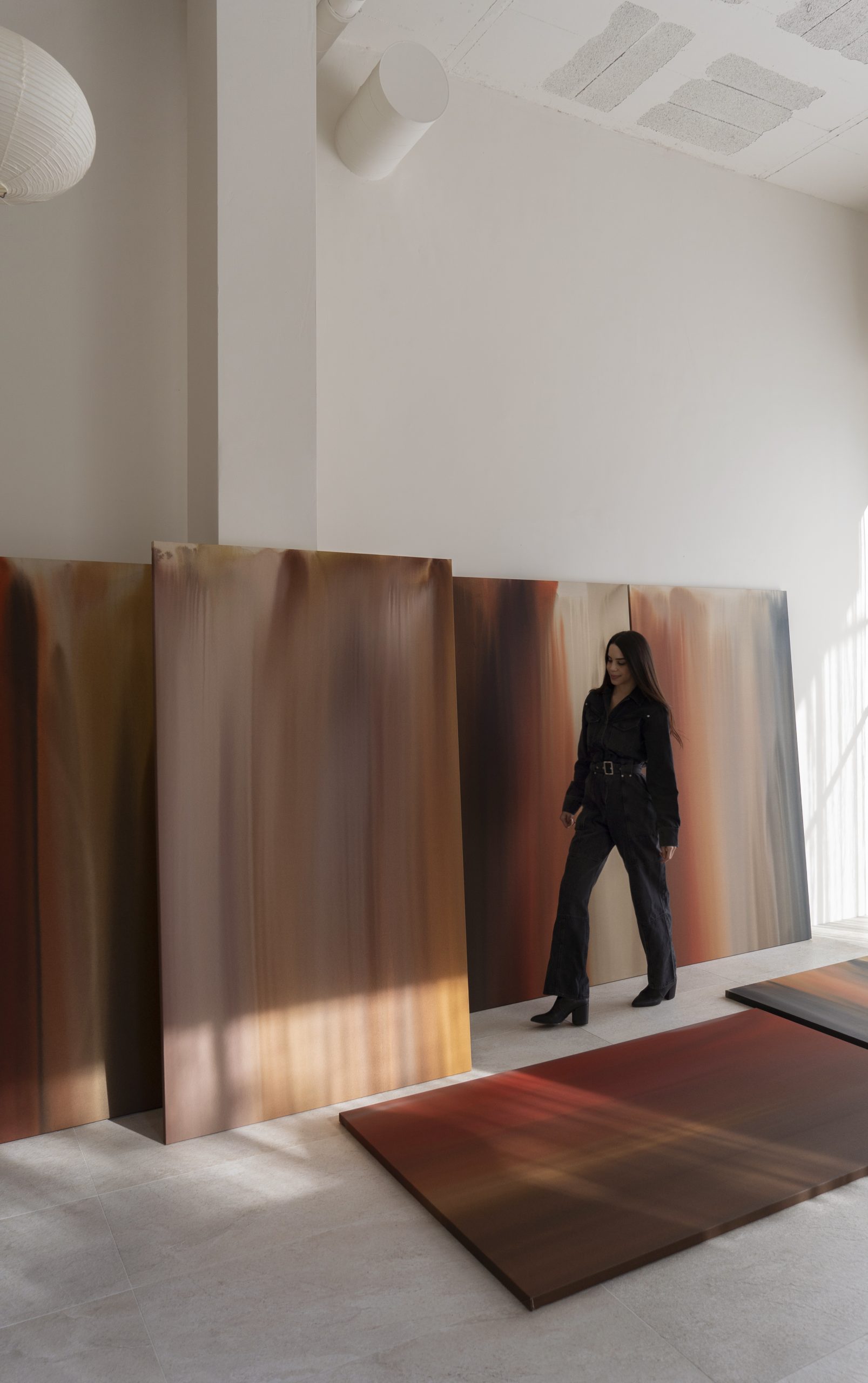
Through her dedication to authenticity, Carla brings a unique perspective to her paintings and sculptures, inviting viewers to connect with the raw and unfiltered essence of her artistic expression.
In the dynamic art scene of Barcelona, Carla continues to carve her own path, driven by a passion for experimentation and a commitment to uncovering the poetry that resides within simplicity.
Who is Carla Cascales?
I am Carla Cascales. I am a painter and sculptor, and my approach consists of removing elements and getting rid of any ornamentation until we reach the essence of forms, elements, materials, and their interplay. To somehow reach the poetics that emerge after removing all types of ornaments. I apply this to both painting and sculpture. What is also key to me is to never stop experimenting. That is why I don’t have a specific technique or material; I’d rather try to experiment with something different for each project.
Why Barcelona?
Well, I was born in Barcelona and decided to stay here because of two things I love about the city. One is the sea, having that feeling of an infinite horizon, and the other is that it is certainly a small city, so it is easy to walk everywhere. So, you get the feeling of an endless horizon while enjoying the convenience of a walkable city.
Favorite place in the city
My favorite place in the city, where I often seek inspiration, is the Fundació Miró, located in Montjuïc. To get there, you must stroll through nature, enjoying the views that the city offers, as well as the beautiful sunsets. Additionally, there are the exhibitions, both the permanent and the ever-changing temporary, which are always interesting.
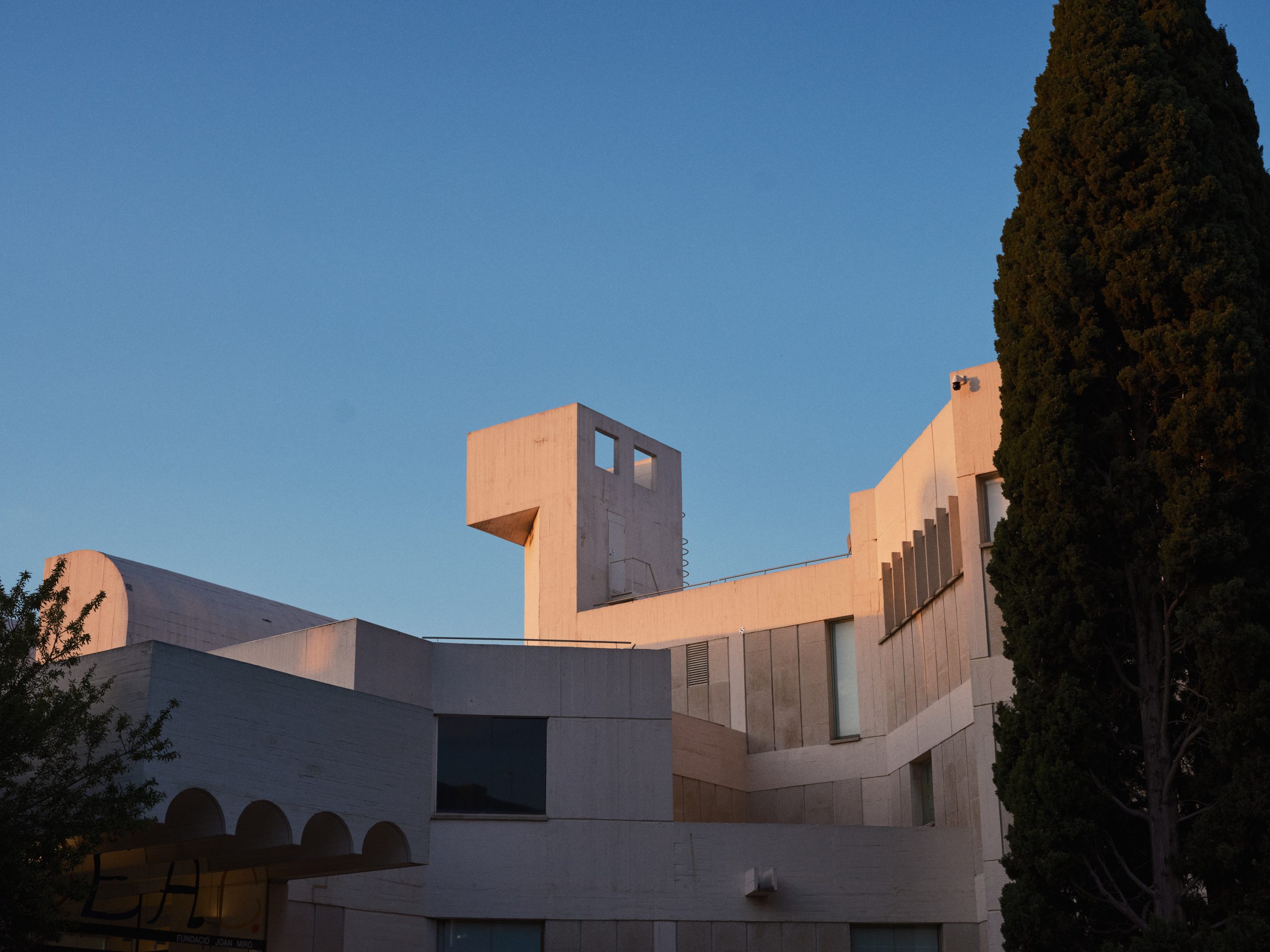
Marble, granite, wood, steel, glass... Your spirit is undeniably experimental. What drives you towards it, and how does it fuel your practice? In what way does this transdisciplinarity speak about you?
I would define it as a process of constant exploration. By not always working with a specific material, I start with an idea in mind, and as I try to approach it, the processes themselves surprise me with something unexpected, leading me down a more authentic path. I try not to start with a rigid idea but work on acceptance and see what happens, applying it a bit to life as well. My work is more about removing elements, finding a balance, a poetics, polishing the piece until it reaches its essence. As Marta D. Riezu says in her book “Agua y Jabón” (Water and Soap), “minimalism is not about surrounding oneself with few things but about removing everything that distracts and stands in the way of what is necessary. Its seemingly easy execution is a trap; essentialism requires innate lucidity, years of pruning, and a vigor capable of going straight to the core like an arrow.”
We see it not only in your sculptures but also in the textures of your paintings: Is there beauty in imperfection? What underlying message is present in each of your pieces, what do you want to convey?
I’ve always been fascinated by the Japanese view of beauty, where processes of wear and tear are very present and seen as something positive, a symbol of respect. An example is the use of noble woods to build furniture, accepting that the material will undergo wear and tear with time and use, and considering that aging is part of its natural process, and therefore adds value. This philosophy not only applies to objects but also to how one sees life and people, giving rise to a much more enriching way of understanding the world and its processes.
What is your conception of art, and how do you approach it?
My work consists of exploring the contradiction between not knowing very well what we are doing here and, at the same time, feeling that we are part of a whole, exploring the idea that we are a tiny speck of dust on a universal scale but that we can also feel like the center of the universe. Clinging to the idea of what we are – ourselves – but at the same time knowing that all our cells are constantly changing; feeling that our life is infinite – and living it as if we were never going to die – but at the same time knowing that everything is ephemeral and that, as Heraclitus said, “everything changes, nothing is.” Art is a good tool to try to explain our existence, understand our place in the world, or at least help us flow in it.
Your sculptural work is an ode to nature and its irregular forms. In what way does it inspire you?
My greatest source of inspiration has always been nature and our relationship with it, leading me to think about the natural processes of growth and decay, and the passage of time. It’s these constant cyclical processes that we also experience, not only in our environment, but also in our bodies that serve as the foundation for my artistic work.
Is there any creative discipline you would like to experiment with within your artistic boundaries?
I am starting to experiment with color. My entire body of work has always been very neutral with a focus on texture, and now I feel like starting to use pure pigments. Gradually, I will see where it takes me.
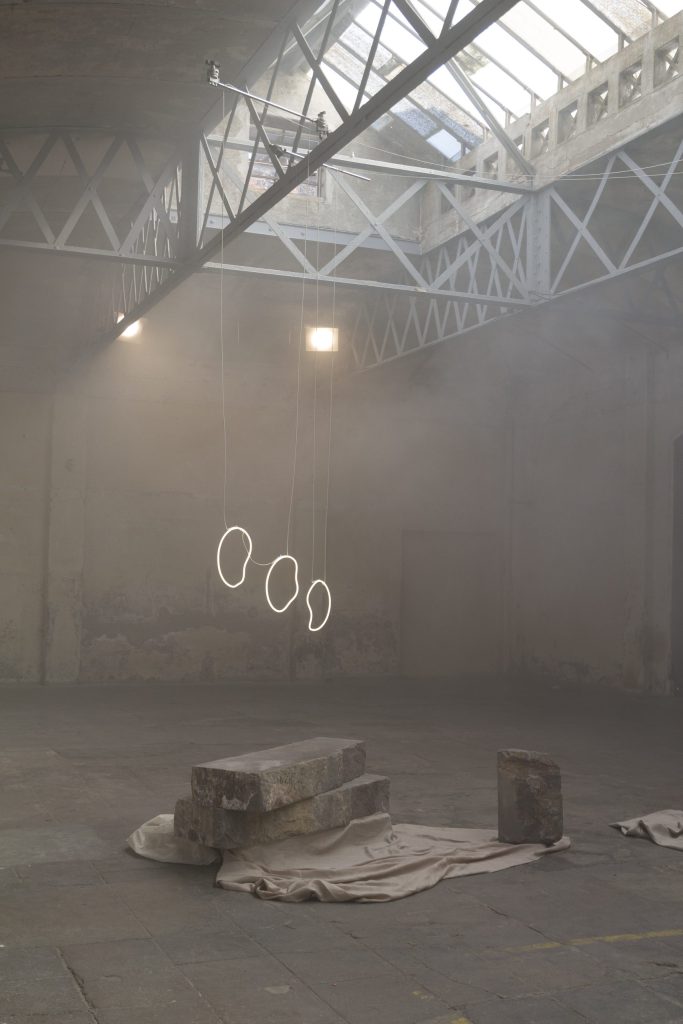
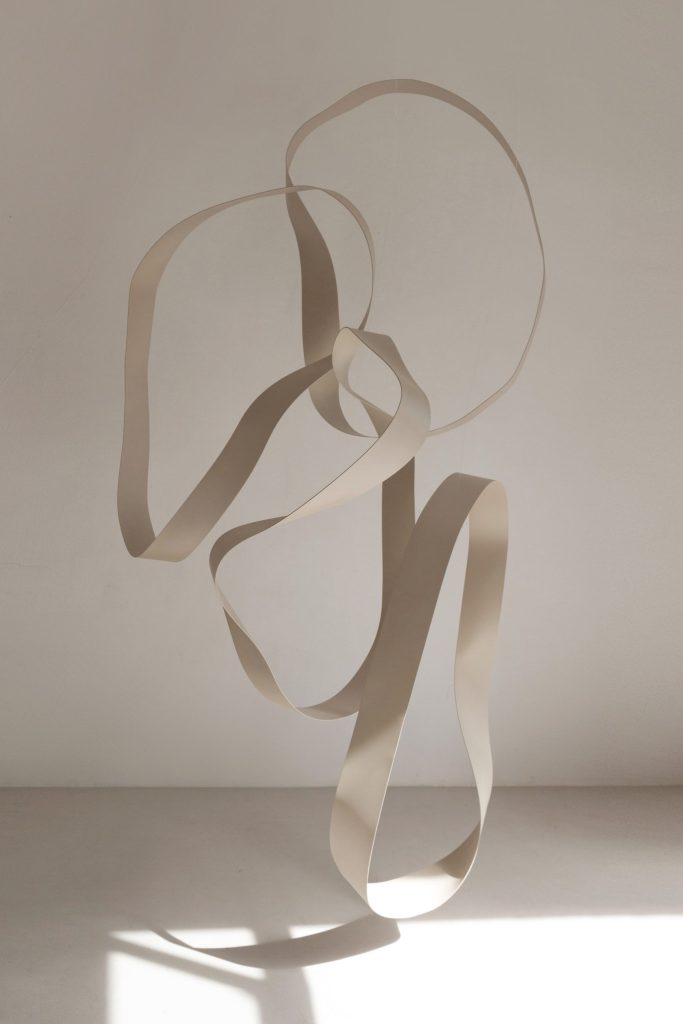

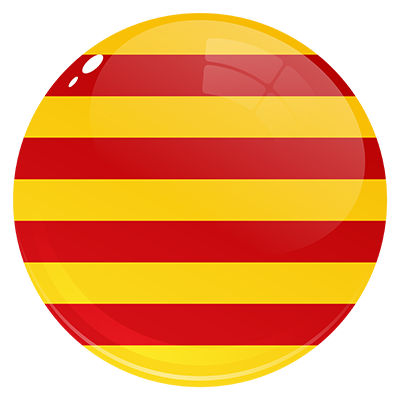 CA
CA
 ES
ES